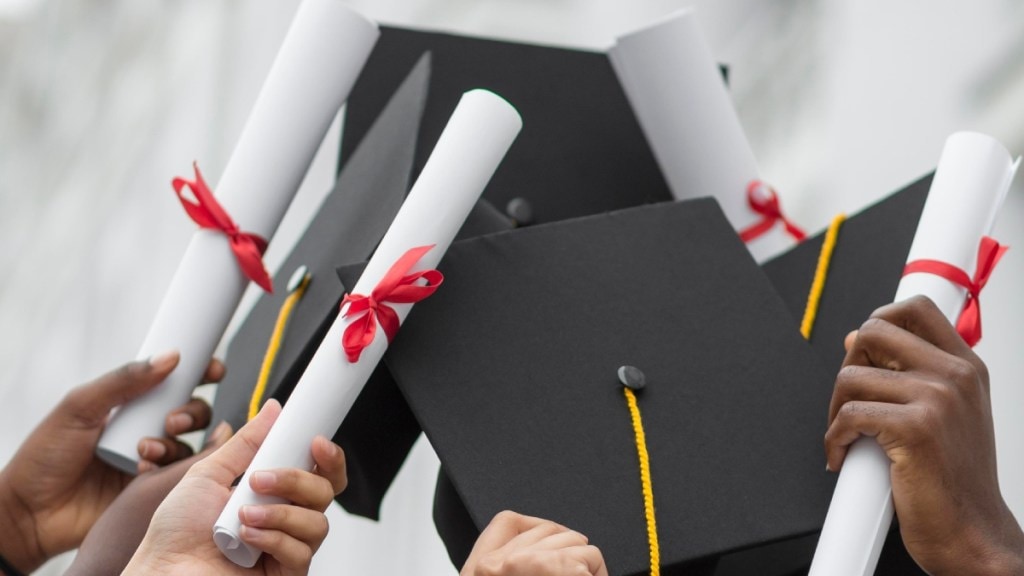By Ashoo Khosla
For years, rigid syllabi, timetables, and exams have defined education. We have been good at teaching subjects, but not always at teaching students how to think. In a world that changes faster than any curriculum can keep pace, education must go beyond the classroom to shape minds that can question, imagine, and create.
Across many universities today, there’s a quiet but meaningful shift. Institutions are beginning to see that learning is not just about what happens in class, but how students connect ideas and apply them in real life. Knowledge by itself is not enough; it’s the ability to use it that matters.
Conceptual clarity is essential, but the real test of learning lies in application. That’s why more campuses are introducing courses that bridge disciplines- for instance, teaching students across all fields the practical use of artificial intelligence, not just those in computer science. The goal is simple -to help every graduate become comfortable with the tools that define the modern world.
Experiential learning is at the heart of this change. Journalism students are working on live news projects. Hospitality students are learning through real events and industry exposure. Engineers are collaborating with designers and social scientists to solve problems that matter. When students build, write, serve, and collaborate, they internalize lessons that no lecture or exam can deliver.
The old boundaries between “science,” “arts,” and “commerce” are slowly giving way. The National Education Policy has encouraged this flexibility, allowing students to choose electives across streams. A physics student can explore theatre or philosophy; a design student can study behavioral science or mathematics. This cross-pollination is what keeps learning alive and relevant.
Some subjects naturally cut across domains. A scientist engaged in research needs creativity just as much as a designer requires an understanding of materials and structure. The Renaissance period in the West was built on this very idea- that artists and scientists could be the same. Leonardo da Vinci painted the Mona Lisa and designed flying machines with the same mind. Those polymaths were not specialists in one thing; they were thinkers with breadth, curiosity, and courage.
That’s what education should strive for again. It should nurture graduates who are artistic and analytical, logical and humane. Authentic learning is not about finishing a syllabus; it’s about lighting a spark that lasts long after the classroom ends.
The author is Chief Learning Officer and Associate professor of management at Shoolini University.

